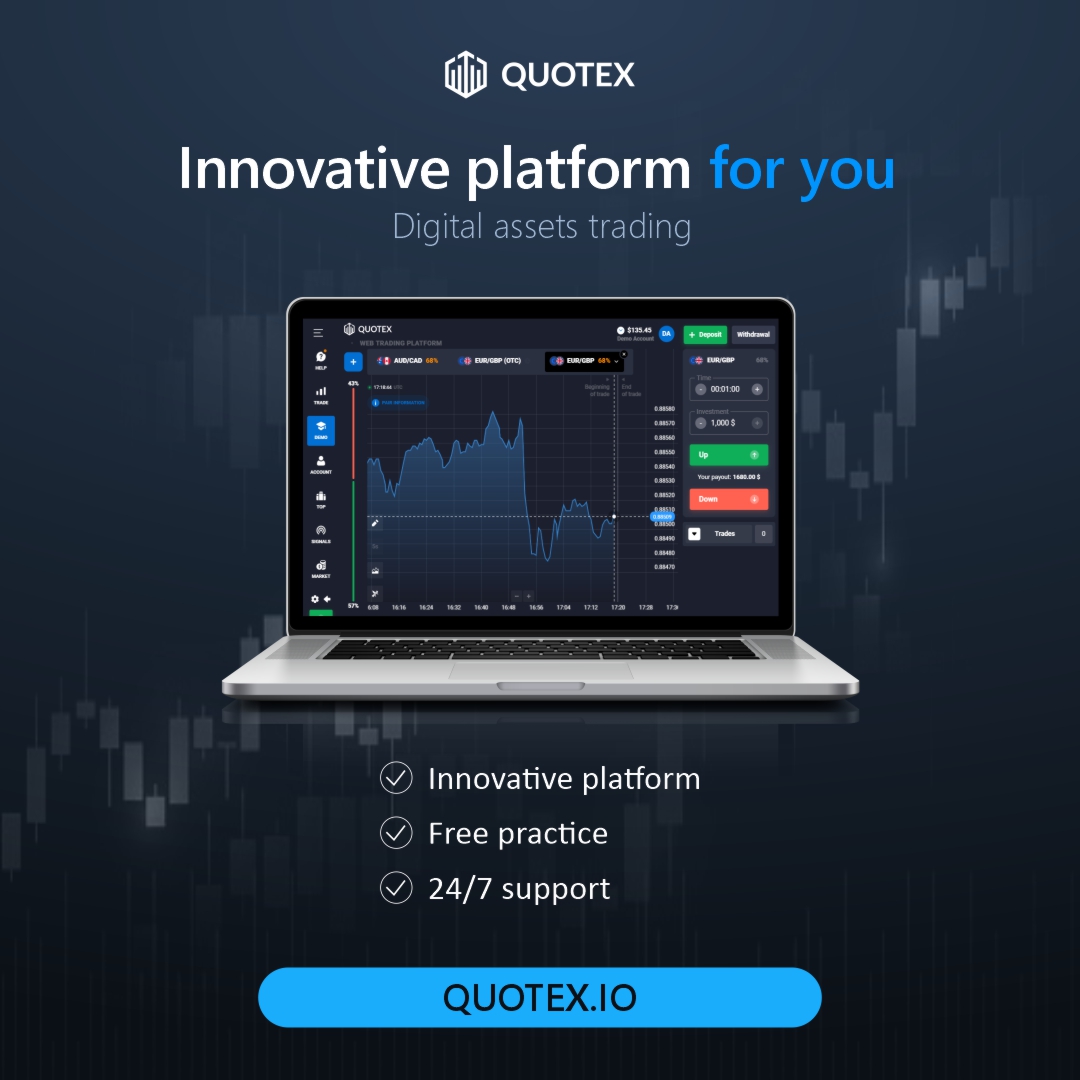As Blockchain technology strives for conventional adoption, scalability remains a challenge. Traditional block chains, with their sequential processing, struggle to handle the necessary transaction volumes for generalized use. The fragment, a database partition technique, has become a crucial solution, dividing the network into smaller parallel processing units to drastically increase performance. This year, several blockchain networks enabled to fragment are ready to redefine the landscape, promising unprecedented speeds and efficiency.
Fragment change
The fragment essentially breaks down a smaller and more manageable “fragments” chain, each capable of processing transactions independently. This parallel processing model drastically increases the number of transactions that can be handled simultaneously, overcoming the limitations of sequential processing. Beyond mere performance, effective implementations of fragmentation must guarantee data availability, safety and cross communication, creating a complex engineering challenge.
Top 5 Blockchain Networks of fragments of 2025
Here are the key players that lead the load in the fragments revolution, each with unique approaches and technological advantages:
1. Shardeum
Shardeum is a L1 Autolaje block chain that uses a three -dimensional fragmentation approach (state, network and transactions) to maximize scalability, decentralization and efficiency. Unlike the traditional static state fragment, which blocks fragments structures and limits scalability, the dynamic fragment of the status of Shardeum allows fragments to evolve depending on the demand of the network in real time. This guarantees that the transaction yield increases as validates bind to the network, avoid congestion and maintain predictable rates. With the self -saving, the processing of parallel transactions and the participation of validator without permission, Shardeum is designed to be the most accessible and efficient L1 block chain for developers and users equally.
2. Ethereum 2.0
Although the initial roadmap of “serenity” has evolved, the change of Ethereum to a mechanism of consensus for proof of participation and the implementation of the fragment of data through the “danksharding” is a fundamental development. Danksharding focuses on data availability sampling, which guarantees that the network can verify the validity of the data without requiring that each node download the entire data set. This approach is designed to significantly boost Ethereum’s scalability, racing the way for a more robust and accessible decentralized ecosystem. Although the implementation of complete fragmentation is being implemented in phases, the progress made is undeniable.
3. Near protocol
Near has already implemented its “Shaateshade” fragment technology, which divides the block chain into smaller pieces. Nightshade uses a “Doomslug” consensus mechanism, which allows fast block production and high performance. Near’s approach emphasizes simplicity and ease of use, with the aim of reducing entry barriers for developers and users equally. Their ability to offer a fragmented network before many others gives them a strong advantage.
4. Zilliqa
Zilliqa was one of the first projects to explore the fragment, implementing it in the network layer. Its fragmentation architecture allows parallel transactions processing, significantly increasing performance. Zilliqa has focused on practical applications, particularly areas such as digital advertising and financial services. By 2025, Zilliqa’s approach in real world use, combined with their fragmentation technology, could see them become an important player in Blockchain business solutions.
5th Elrond (Multiversx)
The “adaptive state of Elrond” dynamically adjusts the number of fragments according to the demand of the network, optimizing the performance and use of resources. Its consensus of “safe stagnation test” contributes to the rapid processing of transactions and high security. Elrond’s emphasis on performance and scalability has positioned him as a strong contender in the fragments career.
The fragment revolution is prepared to transform the blockchain panorama by 2025, unlocking the generalized adoption potential. The ability to handle a significantly higher volume of transactions, reduced transaction rates and improved user experiences are critical factors that drive this transformation.
Read also: Crypto UX’s problem persists despite growth, finds Realt and Nansen 2025 Ochain UX report
Discharge of responsibility: The information provided in Alexablockchain is only for informative purposes and does not constitute financial advice. Read the discharge of complete responsibility here.
Image credits: Canvas




